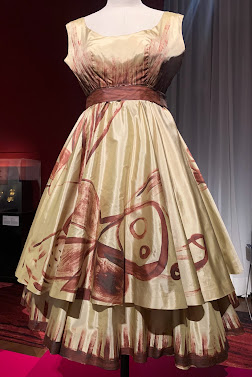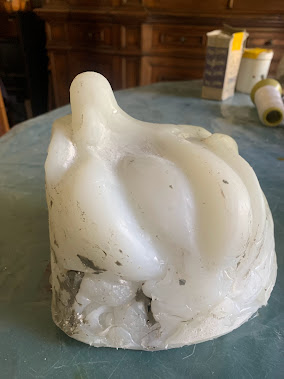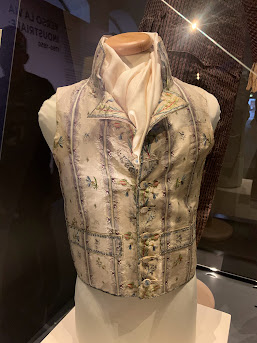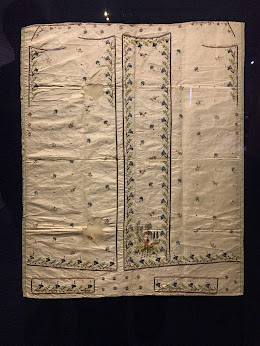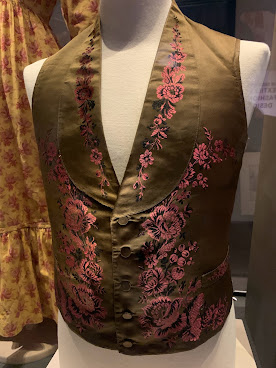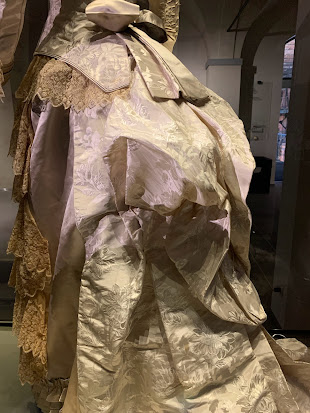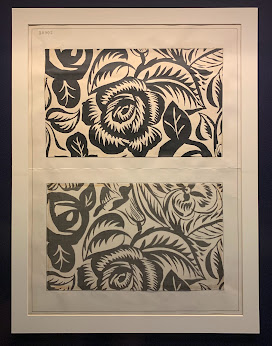Imperial and Royal Apartments
On the first floor of the Pitti Palace in Florence, Italy are the Imperial and Royal apartments, which hold a large collection of Renaissance portraits and artwork. The rooms themselves are covered in master pieces with frescos on the ceiling and intricately painted and carved walls with sconces. You could probably spend the whole day just looking at the walls and ceilings of the palace.
What you will find on the walls of the apartments are master piece after master piece of portraits, and large scale paintings of some of the greatest masters. Among the paintings on the wall were works by Caravaggio, Raffaello Sanzio, Tiziano Vecellio, and Peter Paul Rubens.
The Tooth Puller by Caravaggio (Milano 1571)
 |
| "La Bella" a portrait by Tiziano Vecellio (Venice 1576) I love the details in the sleeves and dress showing Venetian Fashion History. |
 |
| "Ritratto Femminile" by Ridolfo del Ghirlandaio (Florence 1483-1561) This painting was interesting to see the simple early Renaissance style dress with the detail of the sleeve and chemise. |
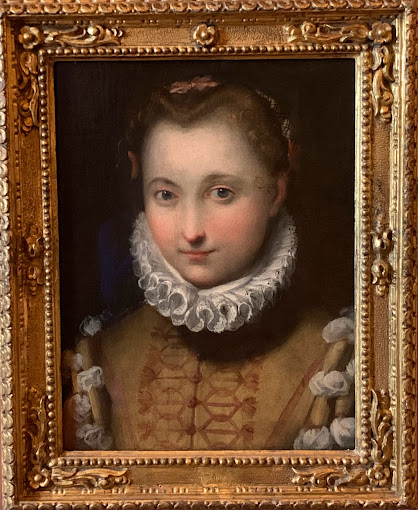 |
| This portrait did not have an artist credited, but it would have been in the Renaissance era and was interesting because of the ruff and the embroidery on the front of the bodice. |
 |
| This is a detail from a larger painting. I found the expression on this priest to be interesting and his garment was of an interesting shape. |
 |
| "Giuditta" by Cristofano Allori (Florence 1610-1612) |
 |
| Portrait of Ritratto di Claudia Felicita by Carlo Dolci (1672-1675) This portrait shows details in the bodice, sleeves and hair during the late 1600s. |
Two portraits by Peter Paul Rubens showing interesting fashion elements of the 1600s, notably the collars and slashing details of the doublet and sleeves.
Germana Marucelli-The dreamer who launched Italian fashion
 |
| Evening Gown (Autumn/Winter 1948) |
Day outfit (Spring/Summer 1962). The motifs of this outfit were also painted by Paolo Scheggi inspired by wall paintings recently discovered in Mesopotamia.
An evening gown with metal head piece, belt and bodice (Spring/Summer 1969). This piece shows inspiration from medieval clothing and sci-fi.














